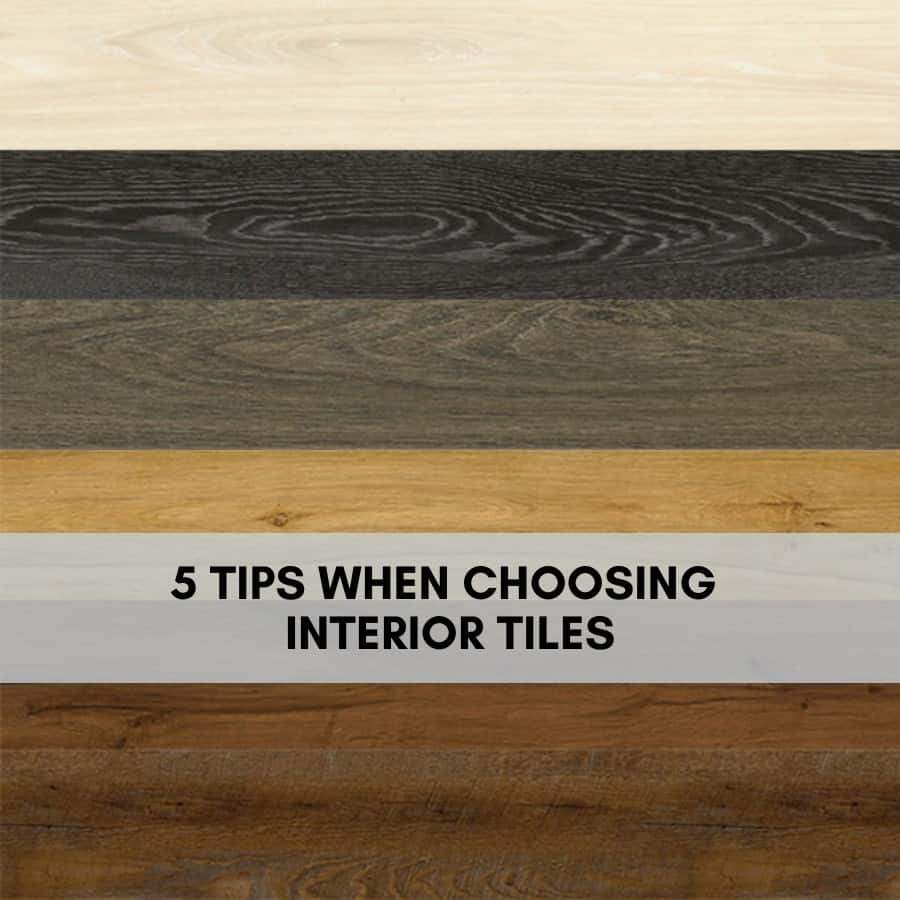
Tip No 1: Know The Basics
It’s hard to choose if we don’t know what to choose from. So let’s first make ourselves familiar with interior tiles and some important details about it. Here are the most basic types of tiles that you most probably will be choosing from:
Ceramic Tiles
Ceramic tiles are popularly used because of its affordability and availability. However, it is prone to cracking and chipping. It is made through a mixture of clay, quartz, sand, and water. Best way to find out if it’s a ceramic tile is if the surface is different from the middle part of the tile. If budget is an issue, then ceramic tiles may be the best option. Ceramic tiles are mostly used on walls of bathrooms and other areas with less foot traffic.

Porcelain Tiles
Porcelain tiles are denser and heavier than ceramic tiles. It is also more impervious to water thus making it a better option than ceramic tiles. With porcelain tiles having superior qualities than ceramic tiles, it is then implied that it is more expensive. Most suppliers will claim that their porcelain tiles are scratch and stain resistant. Be wary though as this will still depend on brand, production, and quality. Perhaps the best thing about porcelain tiles is that it offers a wider range of options including polished, textured, matte, and patterned finishes. Porcelain tiles are often used on living rooms, dining rooms, bedrooms, and bathroom flooring.

Vitrified Tiles
Vitrified tiles like porcelain tiles are known for its exceptional durability and strength. It is fired at a higher temperature than porcelain tiles supposedly making it more durable but again, this is mostly dependent on brand and production. It is hard to distinguish porcelain tiles from vitrified tiles but the latter have limited options when it comes to finish as it generally comes with a gloss finish. Vitrified tiles may be used on living rooms, dining rooms and also bedrooms.

Natural Materials
There are also natural stones made into tiles that you can opt for. Marble, granite, limestone and sandstones are the more popular choices for natural stones. Because of its high cost, it is usually avoided by most homeowners and interior designers for flooring.

Instead, it is widely used for countertops which will require less area.
Vinyl Tiles
Vinyl tiles are popular nowadays but it’s actually very varied in material, thickness, and installation procedure. There are vinyls made of PVC, high density fiberboard, and fiber glass. Installation-wise, some vinyl tiles require glue-down adhesives while more luxurious ones are just joined together with a snap-lock or click-type system requiring baseboards on the perimeters to lock down the vinyls. Price also varies depending on the material, brand, and quality.
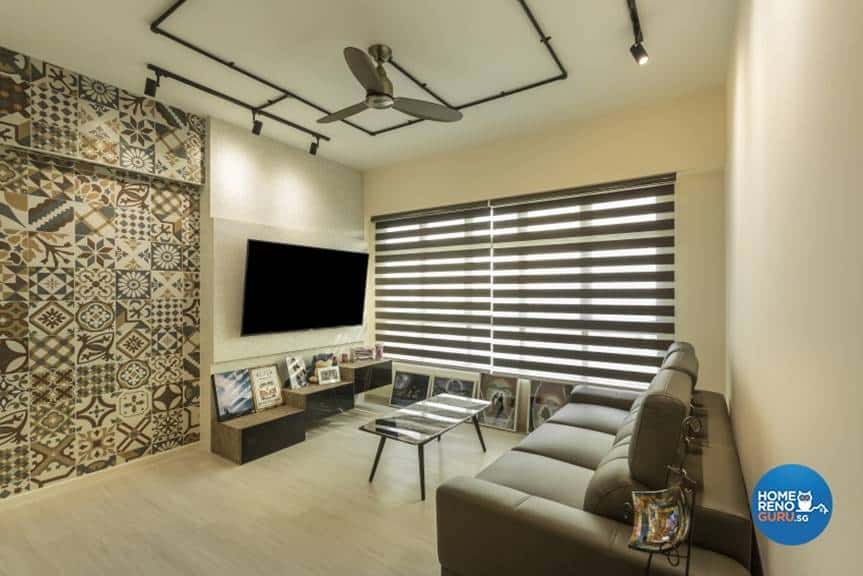
Tip No 2: Choose the Right Size
Design wise, it is important to choose the size of your tile relative to the space. If you have an open floor layout for your kitchen, dining, and living room, then big tiles may be appropriate. For medium-sized spaces such as bathrooms, medium-sized tiles or smaller-sized tiles are highly suggested depending on the actual size of the space.

Using large square tiles can help in making a room appeal larger. Basically, large tiles will require less grout lines thus more seamless and may open up the room. Even medium-sized rooms installed with larger tiles can expand the space and give the illusion that it is more open. However, installing large tiles on very small spaces like bathrooms may tend to be too overwhelming. Choose smaller tiles for the bathroom or small bedrooms.
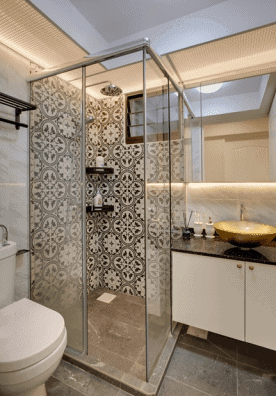
Choosing rectangular tiles such as 30cmx60cm tiles or even plank-type tiles varying from 15cmx90cm to 20cmx150cm will also have different effect on the visuals of the room. It can make some spaces feel longer.

Subway tiles are perfect for kitchens particularly above kitchen counters.
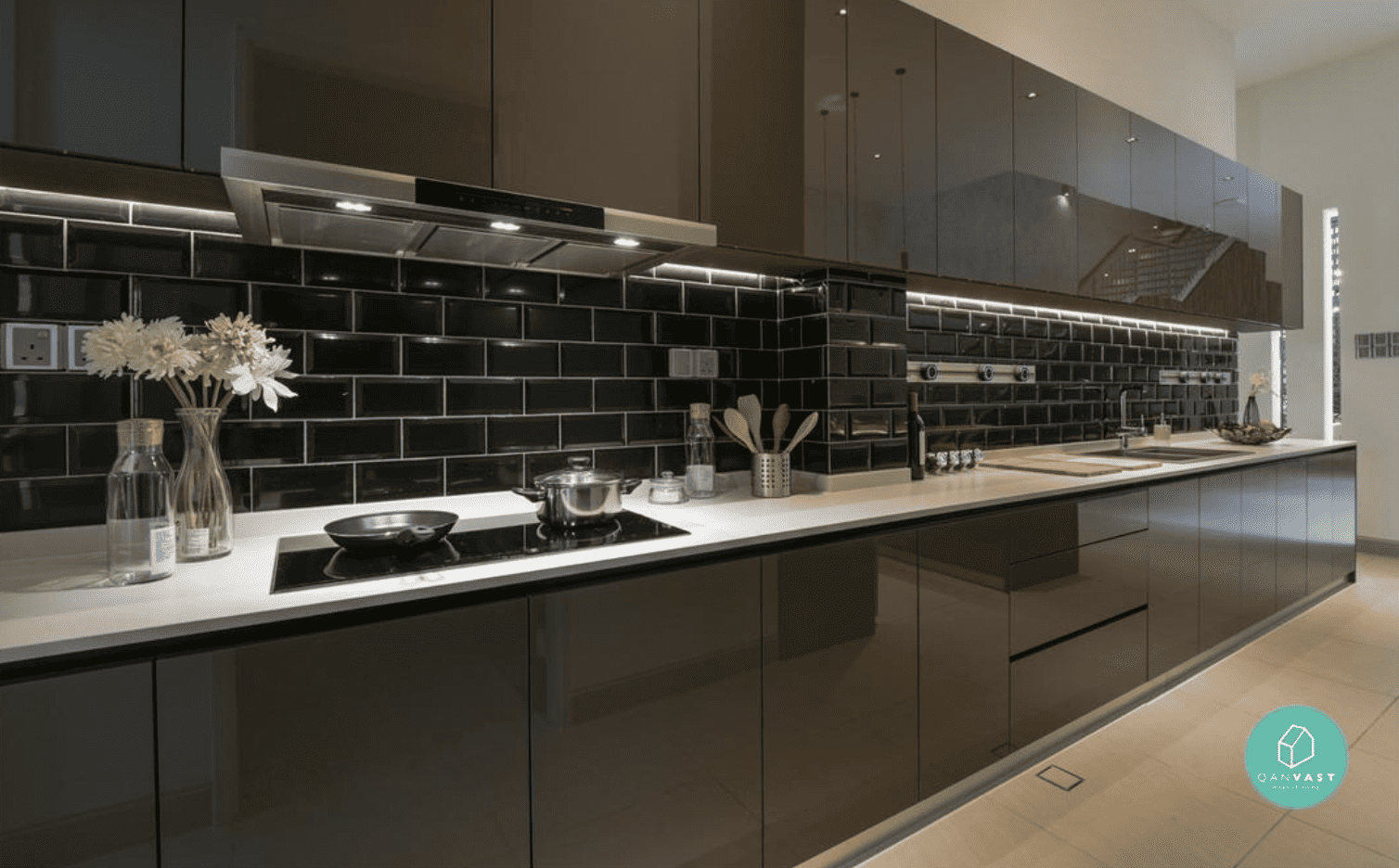
Apart from aesthetics, you may also want to choose tile size that will have minimum wastage when installed on your space. If you have a room length of 320cm, a 60cmx60cm square tile will have too much wastage compared to a 40cmx40cm square tile.
Tip No 3: Tile Finishes are Important
Apart from the actual design of the tiles, its finish should also be considered. Glossy tiles may have mirror-like sheen that will reflect light and allow it to bounce from one area to another. It is perfect for rooms requiring more light particularly dark rooms. It is also great for already bright rooms to accentuate brightness and spaciousness even more. Use it to maximize both natural and artificial light. Avoid glossy tiles on bathrooms and kitchen flooring as it has the tendency to get slippery when wet.

Lighting fixtures in glass are perfect compliment to glossy tiles.
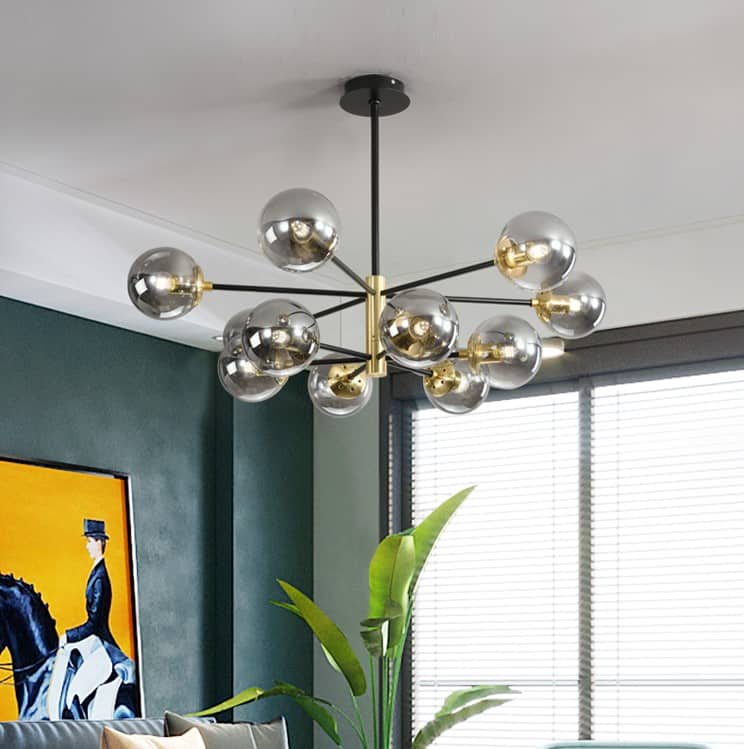
Matte finished tiles on the other hand are usually slip-resistant and will fit certain interior design themes. There’s a big trend towards matte tiles as it gives a modern feel to your home.
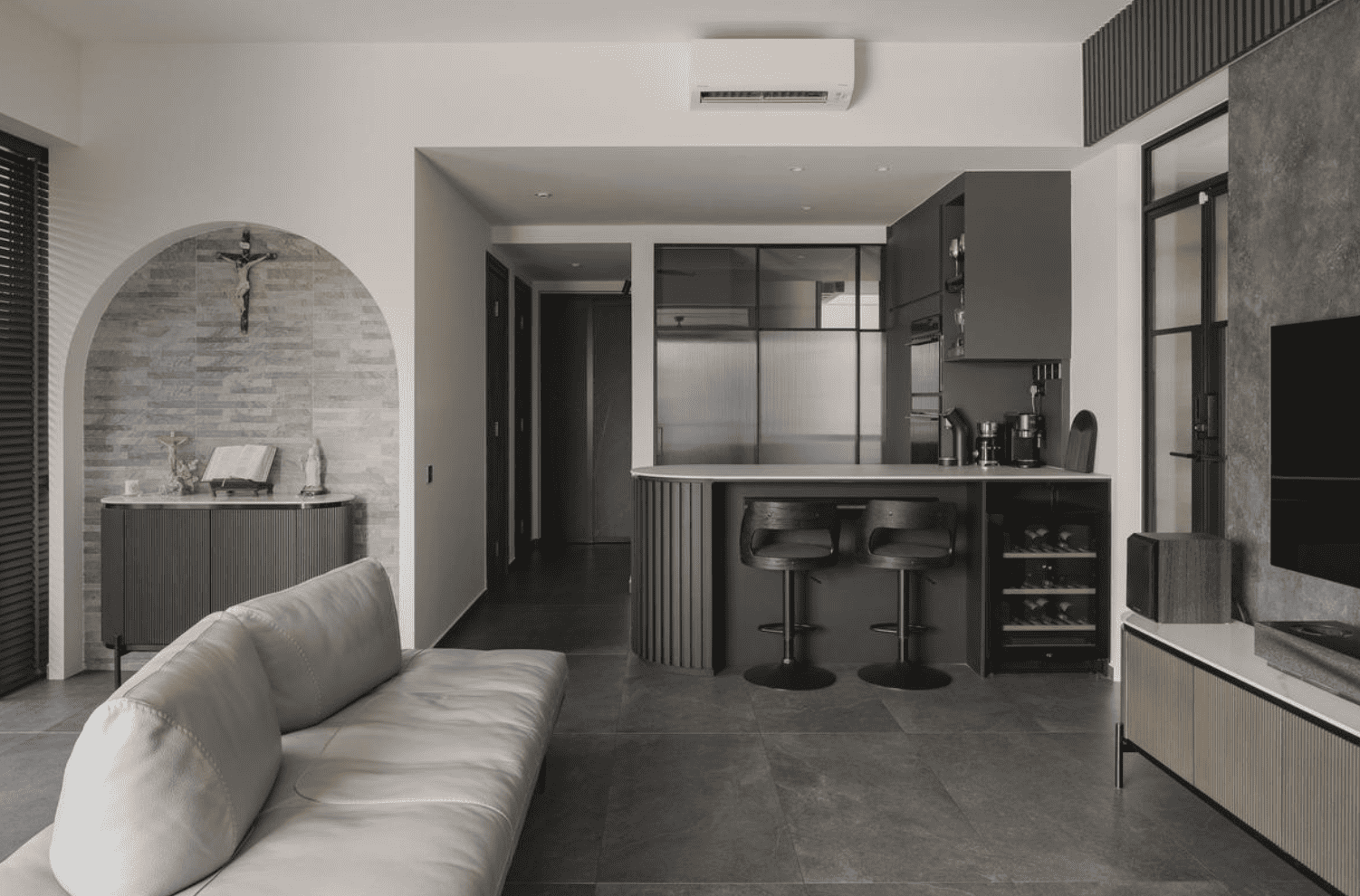
Tiles that are too glossy may seem cheap depending on the design. Marbles or porcelain tiles with marble-like finish though are very classy looking. Be careful when finalizing the finish as there is no particular rule of thumb to fit your home’s design. The right balance between functionality and design should always be the end goal.
Tip No 4: Color of the Tiles Also Matter
Considering the general feel in the room you are tiling is important. Are you going for a moody and atmospheric room or a serene and relaxing one? Tiles may not be the center piece of a room but most of the time it provides the perfect complement to some design features of the space. White floor tiles on white walls are a good match as it can make the space look larger. Gray or black tiles on white walls aren’t bad either as it gives a subtle effect. Go back to your home’s design theme and make sure there’s consistency.
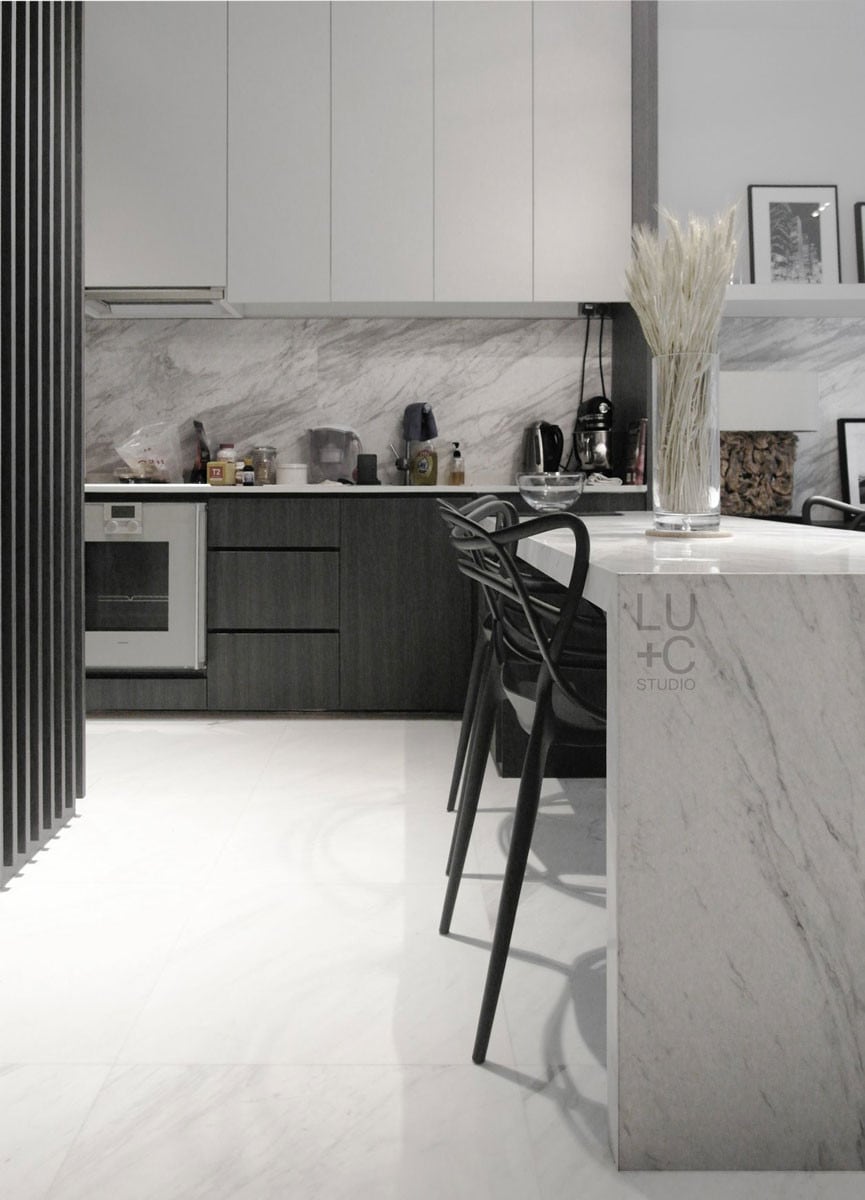
You should also pick a color palette and stick to it. Rule of thumb is 2-3 tile colors for the entirety of your home or at least on areas that are continuous. A black-white-gray combination has been trendy recently, beige-yellow are safe colors, while off-white and wood colors provide a Scandinavian vibe.

Tip No 5: Grout in The Same Color as The Tile When in Doubt
Choosing the right color of the grout may seem less important but trust us, it matters a lot. A contrasting grout will emphasize lines and the tile design, while a grout in the same color as the tile will make the flooring seamless and even.

Gray or black grout are often used to trick the eyes as if there’s no grout but mere spaces in between tiles. For some it may look dirty but for others it looks natural.
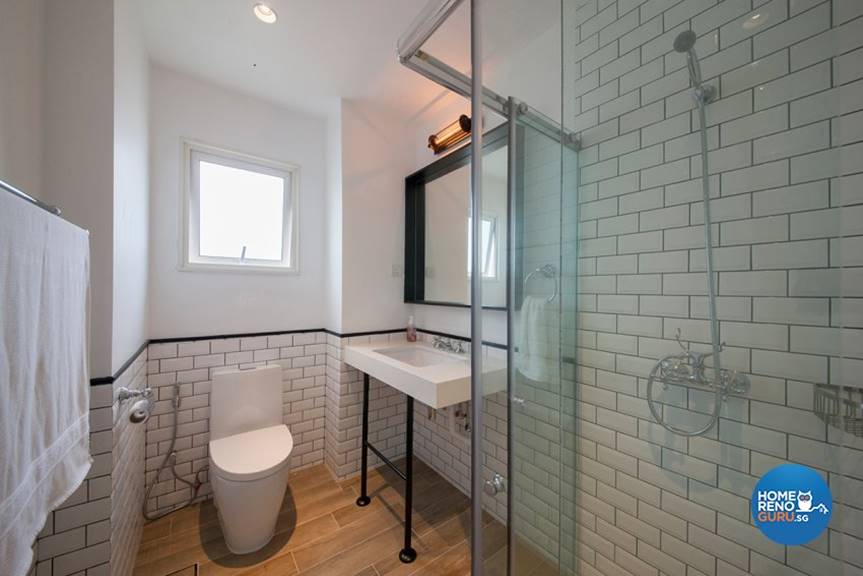
Conclusion:
Choosing the right tile is not easy but it is also not too burdening as some perceive it to be. With these tips in mind, costly mistakes may be eliminated. Just remember to follow these tips and more importantly be consistent with your home’s interior theme and you’re surely have a stress-free interior upgrade at least when it comes to tiling!




